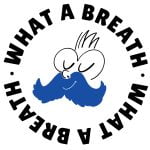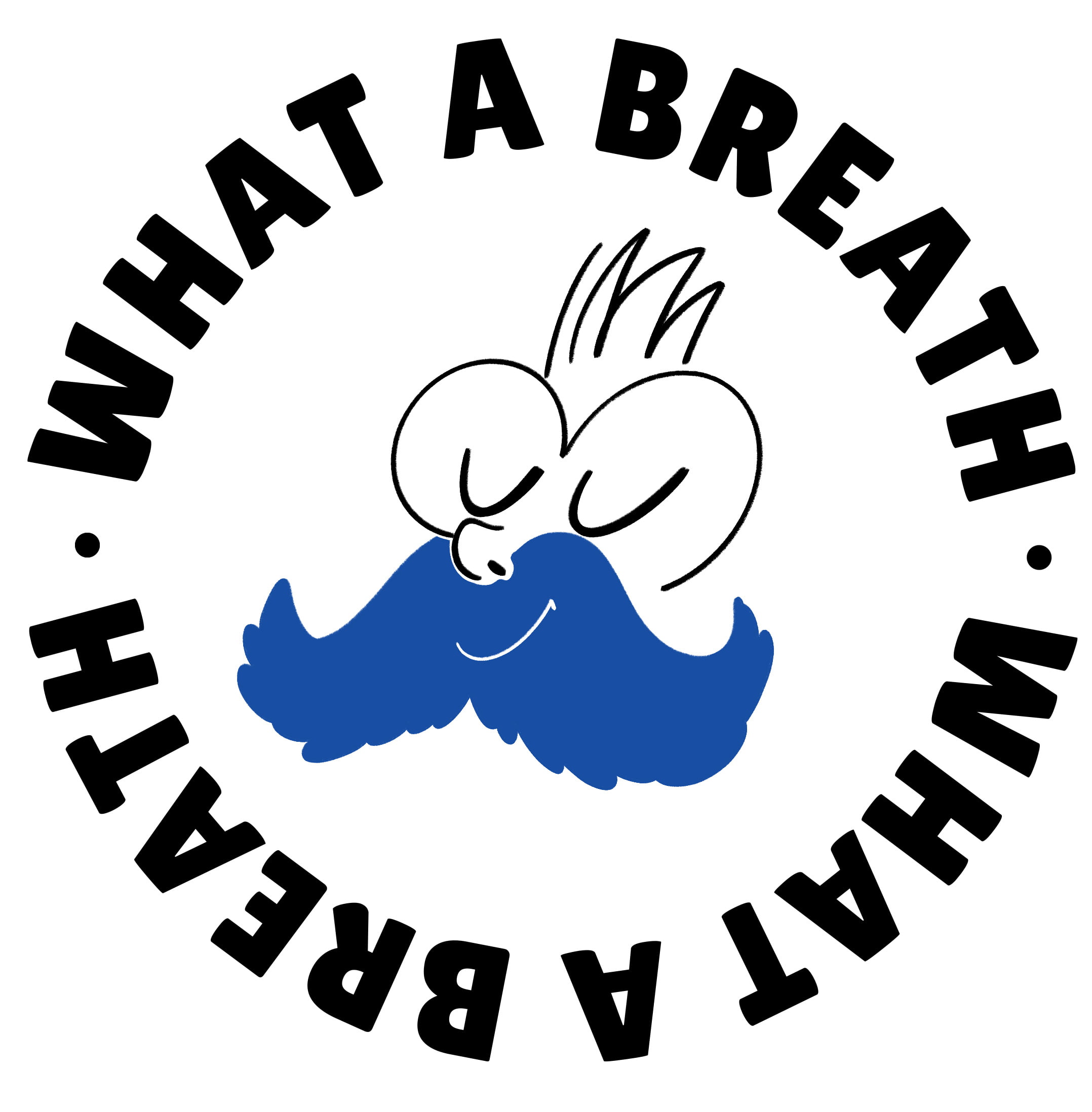Weeee, breathing is a fundamental process for life.. (“Well, duh" you might say).
Despite its importance, many of us don’t pay attention to how we breathe or the benefits that proper breathing can bring to our bodies and minds. In this new article, we’ll dive deep into how breathing works, its benefits, and how to correctly perform inhalation and exhalation.
But first, tell me a bit about your life. I enjoy chatting with my readers. Feel free to write to me on Instagram, and we can have a little chat.
As I mentioned earlier, today we’re exploring how breathing works. It might sound strange, but yes, it’s not as obvious as it seems.
What is the purpose of breathing?
Breathing is a vital act hat allows our bodies to obtain the oxygen necessary for cellular functions and to eliminate carbon dioxide, a waste product of metabolism.
Oxygen is essential for energy production within cells, a process that takes place in the mitochondria through cellular respiration.
How does human breathing work?
Breathing involves several organs and muscles in the body. The process is divided into two main phases: inhalation and exhalation.
Inhalation
Inhalation is the process of drawing air into the lungs. This happens when the diaphragm, a large dome-shaped muscle located beneath the lungs, contracts and moves downward. This movement increases the space in the thoracic cavity, creating negative pressure that allows air to flow into the lungs through the airways.
Exhalation
Exhalation is the process of expelling air from the lungs. When the diaphragm relaxes, it returns to its dome-shaped position, reducing the space in the thoracic cavity and pushing air out of the lungs through the airways.
Inhalation and Exhalation
Inhalation and exhalation are regulated by a complex system of nerves and muscles working together to ensure a steady and consistent airflow.
Muscles Involved
- Diaphragm: The primary muscle of breathing, which contracts during inhalation and relaxes during exhalation.
- Intercostal muscles: Located between the ribs, they help expand and contract the ribcage.
- Accessory muscles: These include the neck and shoulder muscles, which are mainly used during forced breathing or intense physical activity.
The Gas Exchange Mechanism
In the lungs, inhaled oxygen passes through the thin walls of the alveoli and enters the blood capillaries. Simultaneously, carbon dioxide from the capillaries moves into the alveoli to be expelled during exhalation. This gas exchange s essential for maintaining adequate oxygen and carbon dioxide levels in the blood.
How to Breathe Correctly?
Proper breathing involves effectively using the diaphragm to maximize oxygen intake and improve respiratory efficiency.
Some Techniques for Proper Breathing
- Diaphragmatic Breathing: This involves breathing deeply using the diaphragm instead of the chest. During inhalation, the abdomen should expand, while during exhalation, it should contract.
- 5-2-5 Breathing: A practice designed to improve breath control and provide numerous physical and mental benefits. Click here to learn more.
- Slow and Deep Breathing: Taking slow, deep breaths increases blood oxygenation, lowers heart rate, and promotes relaxation.
- Regular Practice: Incorporating breathing exercises into your daily routine can significantly improve lung capacity and stress management.
Steps for Diaphragmatic Breathing
- Find a Comfortable Position: Sit or lie down in a comfortable position with relaxed shoulders.
- Place a Hand on Your Abdomen: This will help you feel the movement of your diaphragm.
- Inhale Slowly Through Your Nose: Draw air into your lungs, allowing your abdomen to expand.
- Exhale Slowly Through Your Mouth: Let the air out as your abdomen contracts.
- Repeat: Continue this cycle for a few minutes, focusing on the movement of your abdomen.
How to Recognize Breathing Problems?
Recognizing signs of breathing issues is crucial for timely intervention and improving quality of life.
Common Symptoms of Breathing Problems
- Difficulty Breathing: Feeling short of breath or unable to complete a breath.
- Wheezing: A high-pitched sound during breathing, often associated with conditions like asthma.
- Chronic Cough: Persistent coughing that doesn’t improve over time.
- Fatigue: Unexplained tiredness, often related to poor oxygenation.
- Chest Pain: Discomfort or pain in the chest during breathing.
When to See a Doctor
As suggested by Humanitas, if you experience one or more of the above symptoms, it’s important to consult a doctor for a thorough evaluation. Diagnostic tests such as spirometry, chest X-rays, or blood tests can help identify the cause of respiratory issues.
Conclusion
Breathing is an essential process that goes beyond the simple act of "taking in air“.
Understanding how breathing works, practicing proper breathing techniques, and recognizing the signs of respiratory issues are fundamental steps to improving overall health and well-being. Incorporating mindful breathing practices into daily life can lead to significant benefits, from reducing stress to increasing lung capacity.
Remember, proper breathing not only enhances daily well-being but can also improve your overall quality of life. Search for "What a Breath” on social media to stay updated on the latest breathing tips and techniques!respirazione“!






